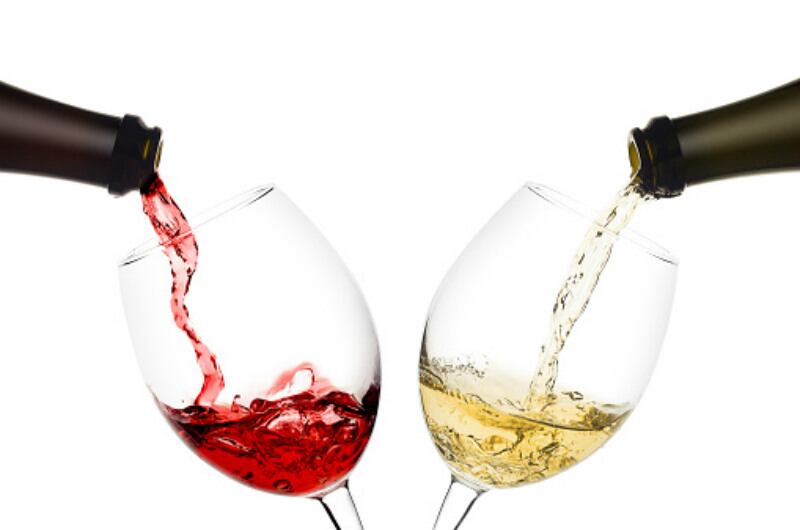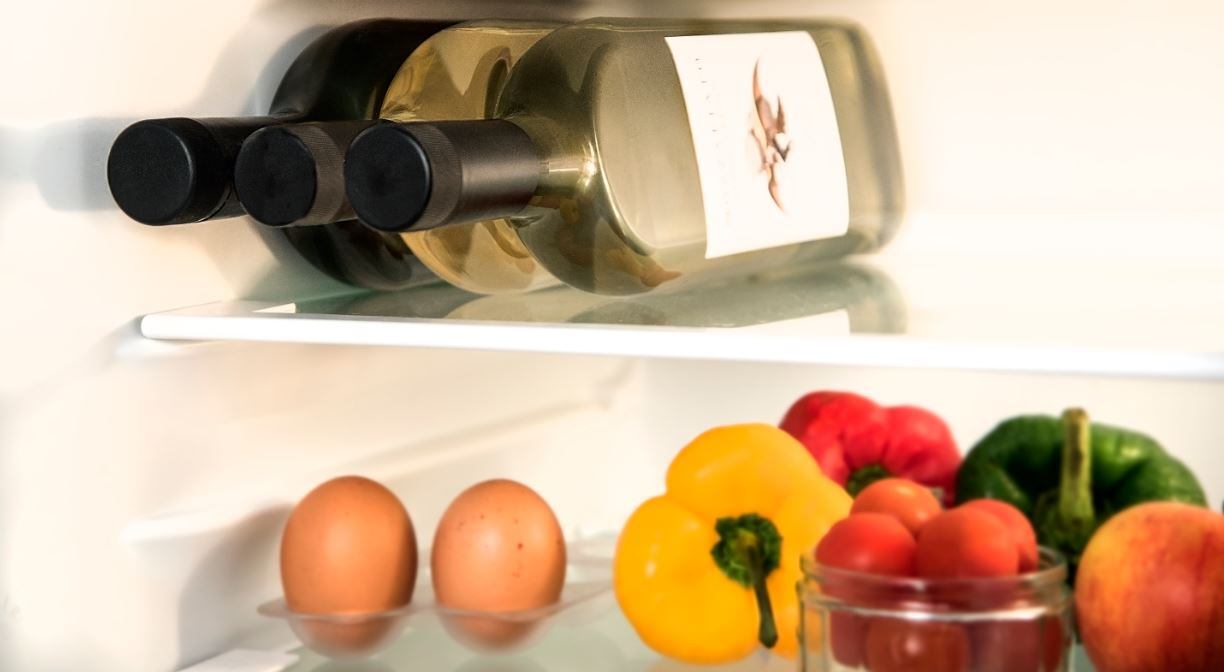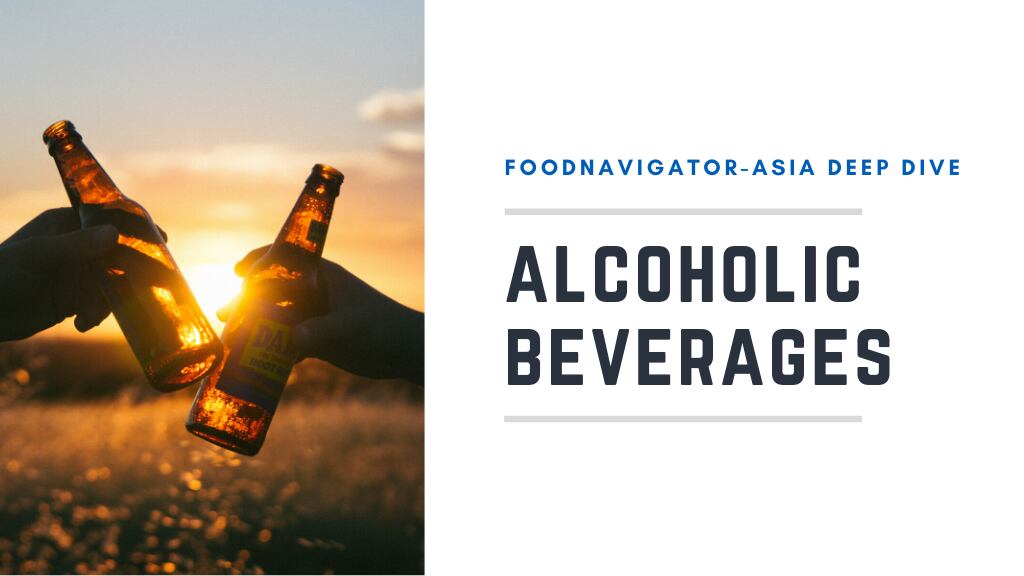According to data from wine consumer insights firm Wine Intelligence, Gen X consumers (aged 40 to 54) increased their average number of wine consumption occasions by some 17.3% to 11.5 occasions on average during lockdown (March 2020) as compared to a year prior (9.8 occasions in March 2019), and by 4.5% if compared to consumption behavior directly prior to lockdown commencement (11.0 occassions).
“Gen X [consumers] actually increased their frequency of wine drinking during the lockdown period, [with] old social occasions in pubs, restaurants and other people’s houses replaced by more intimate family events or online socialising,” Wine Intelligence Country Manager for Australia, New Zealand and Asia Rodney Sammut told FoodNavigator-Asia.
“[This] has helped wine drinking to hold up, [considering] those in Gen Z, the youngest cohort (18 to 24 years old), reduced their frequency of wine drinking during lockdown [by around 14.9%] to 6.8 occasions, as compared to 7.4 both pre-lockdown and a year ago.
“This is likely because this cohort was more heavily affected by lost socialising opportunities during the lockdown.”
Consumers also adapted to lockdown by developing new ‘drinking occasions’ where drinking wine was included, such as special meals with family / partners at least once a week (around 50% of consumers surveyed by Wine Intelligence did this), whilst some 30% caught up with friends online over a glass of wine at least once a week.
“[Encouragingly] for the wine category, there is also a significant minority [of consumers] who appear determined to live life to the fullest once they are permitted to do so – treating themselves to something luxurious, trying new styles of food and drink, and buying more expensive wines,” added Sammut.
Sparkling falls flat
That said, these optimistic observations above, which mostly apply to still wines, do not extend across all categories of wine – For example, sparkling wine and champagne consumption has dropped for just about every age group, which Sammut believes is due to the drinking occasion that these are associated with.
“Sparkling wine and champagne are usually associated with more formal or celebratory occasions, and there was a significant drop in [these] occasions during lockdown,” he said.
“Instead, we are seeing Australian wine drinkers consuming wine more frequently for non-food occasions during lockdown, which is more closely associated with still wine.”
Previous research from the University of Adelaide and University of South Australia has offered a potential means for sparkling wine producers to market their products though: By targeting younger male consumers.
“Australian sparkling wine producers might similarly benefit from targeting a younger, male demographic, in order to better engage Enthusiast (connoisseur-like, wine-savvy behaviour) consumers,” they said.
The future of Australian wine
Sammut also observed that Australian wine drinkers increased their rate of visits to all avenues, both physical and online, to purchase wine during lockdown, but noted that online channel purchases increased the most significantly.
“This switch to online wine purchasing during the lockdown was driven by younger, male and more wine-engaged urban drinkers,” he said.
“[However, I believe that [unless we are forced to always ‘social distance’, things will just revert back to how they were pre-virus…we can’t help ourselves!”
He is also optimistic that wine consumption will return to normal, pre-virus numbers in the future, although there are likely to be losses along the way.
“In the short-term there may be some closures of suppliers and venues from those that unfortunately were not able to sustain the enforced closure,” he said.
“[Then] as restrictions continue to ease there may be a short-term surge in on-premise consumption occasions as people celebrate their liberation. But we don’t have any evidence showing why consumption patterns will not return to normal over the 12-18 months.”





